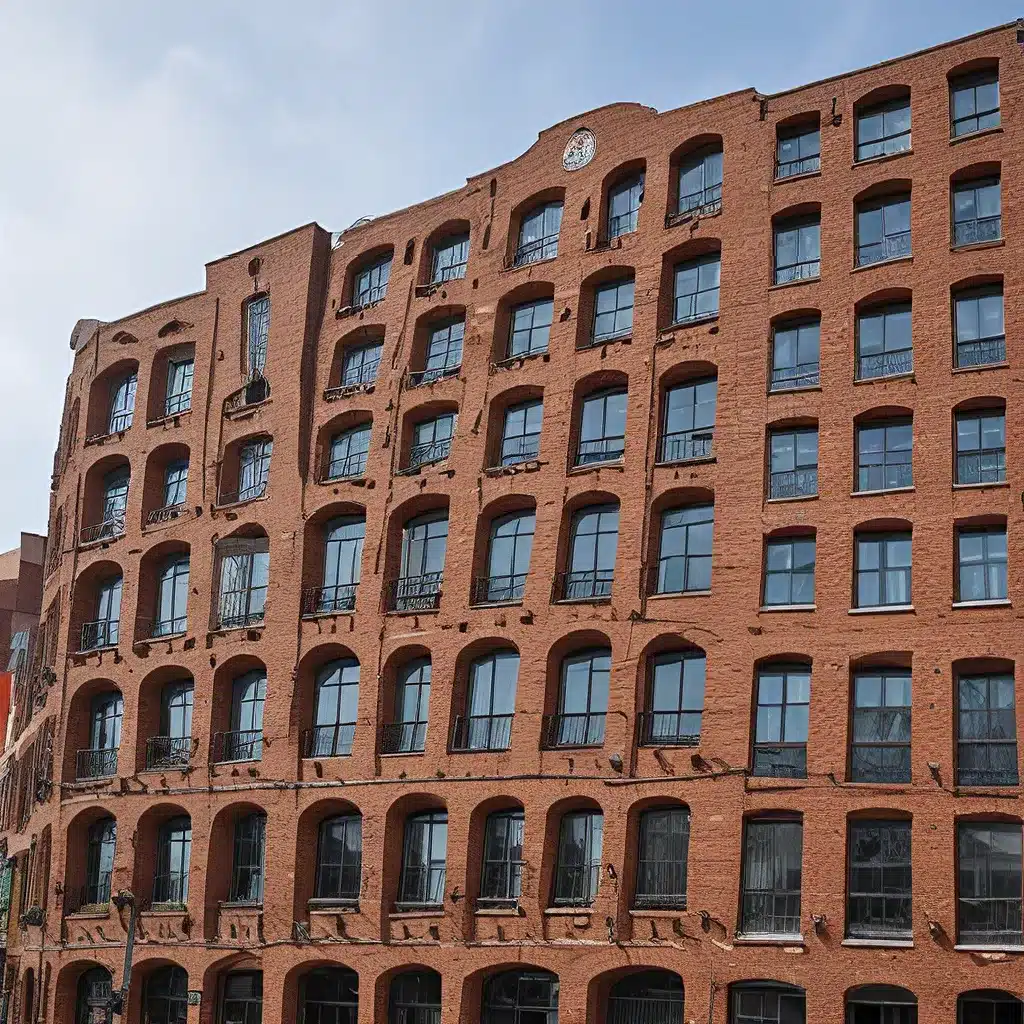
How Beer Shaped the Cities We Know and Love
I have to admit, when I first heard the topic for this article, I was a bit skeptical. Beer and urban development? What kind of connection could there possibly be? But as I delved into the research, I was utterly amazed by the hidden ways in which beer has influenced the very landscapes and structures we interact with every day.
It’s easy to think of beer as just a tasty beverage, but the reality is that this humble fermented drink has played a far more significant role in shaping our built environments than most of us could ever imagine. From the architectural gems that once housed bustling breweries to the urban planning decisions driven by the thirst for suds, beer has left an indelible mark on the cities we call home.
Liquid Gold and the Rise of Urban Centers
As I learned, the connection between beer and urban development goes back centuries, to a time when the production and distribution of this golden liquid was a driving force behind the growth of cities. In fact, many of the most iconic urban centers in Europe owe their very existence to the beer trade.
Take the city of Vilnius, Lithuania, for example. This charming capital was once home to a thriving farmhouse brewing tradition, with small-scale producers scattered throughout the countryside. But as these rustic brewers began to expand their operations and supply the growing populations in nearby towns, the need for a centralized hub became increasingly apparent.
Vilnius, with its strategic location and well-established transportation networks, soon emerged as the natural choice. Breweries and malting houses sprung up across the city, drawing in workers, merchants, and travelers from all over the region. The influx of people and capital transformed Vilnius into a bustling metropolis, shaping its architecture, infrastructure, and even its cultural identity.
Brewing Up a Storm: The Architectural Legacy of Beer
But the influence of beer on urban development doesn’t end there. As the industry grew in scale and complexity, the buildings that housed these brewing operations became architectural marvels in their own right. Just take a stroll through any historic brewery district, and you’ll be struck by the grandeur and attention to detail that went into these structures.
From the towering, cathedral-like malthouses to the ornate, Germanic-inspired brewhouses, these buildings were designed to impress. Brewers understood that their facilities were not just places of production, but symbols of their wealth, power, and craftsmanship. They spared no expense in creating structures that would captivate the public and cement their place in the local community.
And it wasn’t just the breweries themselves that felt the influence of beer. As the industry grew, so too did the ancillary businesses that supported it – the cooperages, the malthouses, the distribution centers. These complementary industries also left their mark on the urban landscape, shaping the neighborhoods and districts that sprung up around them.
A Liquid Legacy: How Beer Shaped Urban Planning
But the impact of beer on our cities goes even deeper than the architectural legacy. As I delved into the research, I was amazed to discover how this humble beverage has influenced the very way we plan and design our urban environments.
Take, for example, the concept of the “beer mile” – a deliberate effort by urban planners to cluster breweries and pubs in close proximity to one another. The logic behind this approach is simple: by creating a walkable, beer-centric district, you not only foster a sense of community and camaraderie among the establishments, but you also encourage people to explore the area on foot, reducing the need for individual transportation.
This concept has been implemented in cities around the world, from the vibrant brewery districts of Portland, Oregon to the bustling beer boulevards of Munich, Germany. And the benefits go beyond just convenience and community – these beer-centric hubs have also been shown to drive economic development, attract tourism, and even improve public health by promoting walkability and social interaction.
But the influence of beer on urban planning doesn’t stop there. In some cases, the thirst for suds has even shaped the very infrastructure of our cities. The Up & Under Pub, for instance, was built on the site of a former brewery, taking advantage of the existing underground tunnels and storage facilities to create a truly unique drinking experience.
Raising a Glass to Beer’s Enduring Legacy
As I’ve delved into this topic, I’ve been continuously amazed by the ways in which beer has left its mark on the urban landscape. From the architectural marvels that once housed bustling breweries to the strategic planning decisions that have shaped our cities, this humble fermented beverage has played a far more significant role in our built environment than most of us could ever have imagined.
And the story is far from over. As the craft beer revolution continues to reshape the industry, I can’t help but wonder what new and innovative ways brewers and urban planners will find to integrate beer into the fabric of our cities. Will we see more “beer miles” popping up in urban centers around the world? Will historic brewery buildings be repurposed into cutting-edge mixed-use developments?
Only time will tell. But one thing is certain: the next time you raise a glass at your local pub, you’ll be drinking in the rich history and enduring legacy of beer’s influence on the very city you call home.

